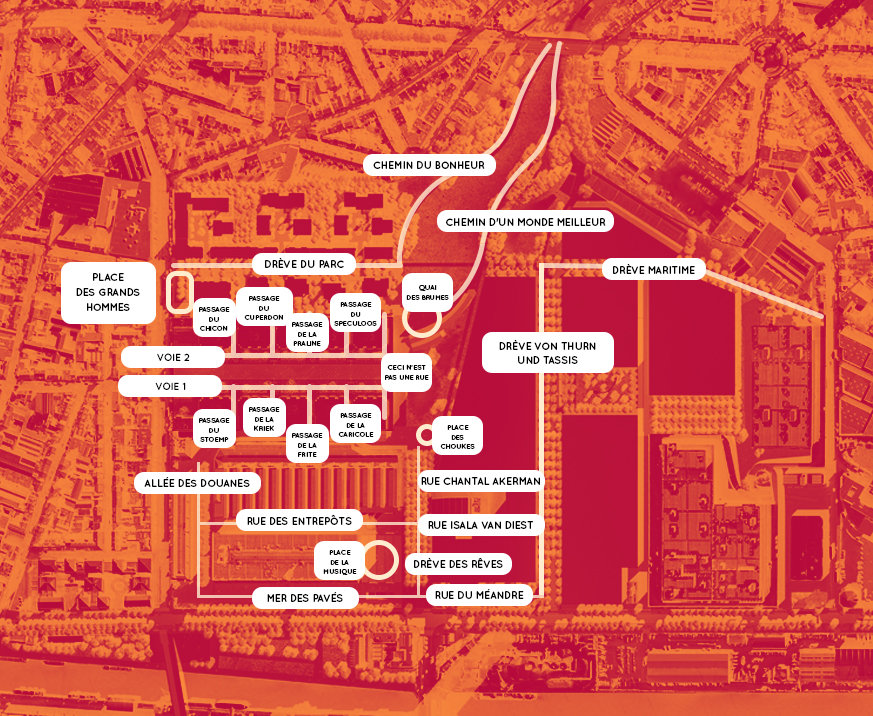I had a chance to talk about Animal Farm by George Orwell in a book club today (it's great, there are participants from around the world). This is another chapter in my goal to 'read the classics'.
One of the most interesting aspects was who the characters in Animal Farm represent. Loved the book but I wasn't aware of this backstory, so I am posting this for my own reference - and food for thought as I learn more history....
Who the characters in Animal Farm represent
Pigs
Old Major – An aged prize Middle White boar provides the inspiration that fuels the rebellion. He is also called Willingdon Beauty when showing. He is an allegorical combination of Karl Marx, one of the creators of communism, and Vladimir Lenin, the communist leader of the Russian Revolution and the early Soviet nation, in that he draws up the principles of the revolution. His skull being put on revered public display recalls Lenin, whose embalmed body was left in indefinite repose. By the end of the book, the skull is reburied.
Napoleon – "A large, rather fierce-looking Berkshire boar, the only Berkshire on the farm, not much of a talker, but with a reputation for getting his own way". An allegory of Joseph Stalin, Napoleon is the leader of Animal Farm.
Snowball – Napoleon's rival and original head of the farm after Jones's overthrow. His life parallels that of Leon Trotsky, although there is no reference to Snowball having been murdered (as Trotsky was); he may also combine some elements from Lenin.
Squealer – A small, white, fat porker who serves as Napoleon's second-in-command and minister of propaganda, is a collective portrait of the Soviet nomenklatura and journalists, such as of the national daily Pravda (The Truth), able to justify every twist and turn in Stalin's policy.
Minimus – A poetic pig who writes the second and third national anthems of Animal Farm after the singing of "Beasts of England" is banned. Literary theorist John Rodden compares him to the poet Vladimir Mayakovsky, although Mayakovsky neither wrote anthems nor praised Stalin in his poems.
The piglets – Hinted to be the children of Napoleon and are the first generation of animals subjugated to his idea of animal inequality.
The young pigs – Four pigs who complain about Napoleon's takeover of the farm but are quickly silenced and later executed, the first animals killed in Napoleon's farm purge. Probably based on the Great Purge of Grigory Zinoviev, Lev Kamenev, Nikolai Bukharin, and Alexei Rykov.
Pinkeye – A minor pig who is mentioned only once; he is the taste tester that samples Napoleon's food to make sure it is not poisoned, in response to rumours about an assassination attempt on Napoleon.
Humans
Mr. Jones – A heavy drinker who is the original owner of Manor Farm, a farm in disrepair with farmhands who often loaf on the job. He is an allegory of Russian Tsar Nicholas II, who abdicated following the February Revolution of 1917 and was murdered, along with the rest of his family, by the Bolsheviks on 17 July 1918. The animals revolt after Jones goes on a drinking binge, returns hungover the following day and neglects them completely. Jones is married, but his wife plays no active role in the book. She seems to live with her husband's drunkenness, going to bed while he stays up drinking until late into the night. In her only other appearance, she hastily throws a few things into a travel bag and flees when she sees that the animals are revolting. Towards the end of the book, Napoleon's "favourite sow" wears her old Sunday dress.
Mr. Frederick – The tough owner of Pinchfield Farm, a small but well-kept neighbouring farm, who briefly enters into an alliance with Napoleon. Animal Farm shares land boundaries with Pinchfield on one side and Foxwood on another, making Animal Farm a "buffer zone" between the two bickering farmers. The animals of Animal Farm are terrified of Frederick, as rumours abound of him abusing his animals and entertaining himself with cockfighting. Napoleon enters into an alliance with Frederick in order to sell surplus timber that Pilkington also sought, but is enraged to learn Frederick paid him in counterfeit money. Shortly after the swindling, Frederick and his men invade Animal Farm, killing many animals and destroying the windmill. The brief alliance and subsequent invasion may allude to the Molotov–Ribbentrop Pact and Operation Barbarossa.
Mr. Pilkington – The easy-going but crafty and well-to-do owner of Foxwood Farm, a large neighbouring farm overgrown with weeds. Pilkington is wealthier than Frederick and owns more land, but his farm is in need of care as opposed to Frederick's smaller but more efficiently run farm. Although on bad terms with Frederick, Pilkington is also concerned about the animal revolution that deposed Jones and worried that this could also happen to him.
Mr. Whymper – A man hired by Napoleon to act as the liaison between Animal Farm and human society. At first, he is used to acquire necessities that cannot be produced on the farm, such as dog biscuits and paraffin wax, but later he procures luxuries like alcohol for the pigs.
Equines (horses)
Boxer – A loyal, kind, dedicated, extremely strong, hard-working, and respectable cart-horse, although quite naive and gullible. Boxer does a large share of the physical labour on the farm. He is shown to hold the belief that "Napoleon is always right". At one point, he had challenged Squealer's statement that Snowball was always against the welfare of the farm, earning him an attack from Napoleon's dogs. But Boxer's immense strength repels the attack, worrying the pigs that their authority can be challenged. Boxer has been compared to Alexey Stakhanov, a diligent and enthusiastic role model of the Stakhanovite movement. He has been described as "faithful and strong"; he believes any problem can be solved if he works harder. When Boxer is injured, Napoleon sells him to a local knacker to buy himself whisky, and Squealer gives a moving account, falsifying Boxer's death.
Mollie – A self-centred, self-indulgent, and vain young white mare who quickly leaves for another farm after the revolution, in a manner similar to those who left Russia after the fall of the Tsar. She is only once mentioned again.
Clover – A gentle, caring mare, who shows concern especially for Boxer, who often pushes himself too hard. Clover can read all the letters of the alphabet, but cannot "put words together".
Benjamin – A donkey, one of the oldest, wisest animals on the farm, and one of the few who can read properly. He is sceptical, temperamental and cynical: his most frequent remark is, "Life will go on as it has always gone on – that is, badly". Academic Morris Dickstein has suggested there is "a touch of Orwell himself in this creature's timeless scepticism" and indeed, friends called Orwell "Donkey George", "after his grumbling donkey Benjamin, in Animal Farm". Benjamin manages to evade the purges and survive despite the threat he potentially poses given his knowledge, his age, and his equivocal, albeit apolitical, positions.
Other animals
Muriel – A
goat who is another of the oldest, wisest animals on the farm and friends with all of the animals on the farm. Similar to Benjamin, Muriel is one of the few animals on the farm who is not a pig but can read. She survives, as does Benjamin, by eschewing politics.
The puppies – Offspring of Jessie and Bluebell, the puppies were taken away at birth by Napoleon and raised by him to serve as his powerful security force.
Moses – The Raven, "Mr. Jones's especial pet, was a spy and a tale-bearer, but he was also a clever talker". Initially following Mrs. Jones into exile, he reappears several years later and resumes his role of talking but not working. He regales Animal Farm's denizens with tales of a wondrous place beyond the clouds called "Sugarcandy Mountain, that happy country where we poor animals shall rest forever from our labours!" Orwell portrays established religion as "the black raven of priestcraft – promising pie in the sky when you die, and faithfully serving whoever happens to be in power". His preaching to the animals heartens them, and Napoleon allows Moses to reside at the farm "with an allowance of a gill of beer daily", akin to how Stalin brought back the Russian Orthodox Church during the Second World War.
The sheep – They are not given individual names or personalities. They show limited understanding of Animalism and the political atmosphere of the farm, yet nonetheless they are the voice of blind conformity as they bleat their support of Napoleon's ideals with jingles during his speeches and meetings with Snowball. Their constant bleating of "four legs good, two legs bad" was used as a device to drown out any opposition or alternative views from Snowball, much as Stalin used hysterical crowds to drown out Trotsky. Towards the end of the book, Squealer (the propagandist) trains the sheep to alter their slogan to "four legs good, two legs better", which they dutifully do.
The hens – Also unnamed, the hens are promised at the start of the revolution that they will get to keep their eggs, which are stolen from them under Mr. Jones. However, their eggs are soon taken from them under the premise of buying goods from outside Animal Farm. The hens are among the first to rebel, albeit unsuccessfully, against Napoleon. They are brutally suppressed.
The cows – Also unnamed, the cows are enticed into the revolution by promises that their milk will not be stolen but can be used to raise their own calves. Their milk is then stolen by the pigs, who learn to milk them. The milk is stirred into the pigs' mash every day, while the other animals are denied such luxuries.
The cat – Unnamed and never seen to carry out any work, the cat is absent for long periods and is forgiven because her excuses are so convincing and she "purred so affectionately that it was impossible not to believe in her good intentions". She has no interest in the politics of the farm, and the only time she is recorded as having participated in an election, she is found to have actually "voted on both sides".
The ducks – Also unnamed.
The roosters – One arranges to wake Boxer early, and a black one acts as a trumpeter for Napoleon.
The geese – Also unnamed. One gander commits suicide by eating nightshade berries.
The above is from Wikipedia








_(14597319359).jpg)







_-_Kurt_Vonnegut.jpg)




























